Genius students use 3D printer to make an arm for young boy

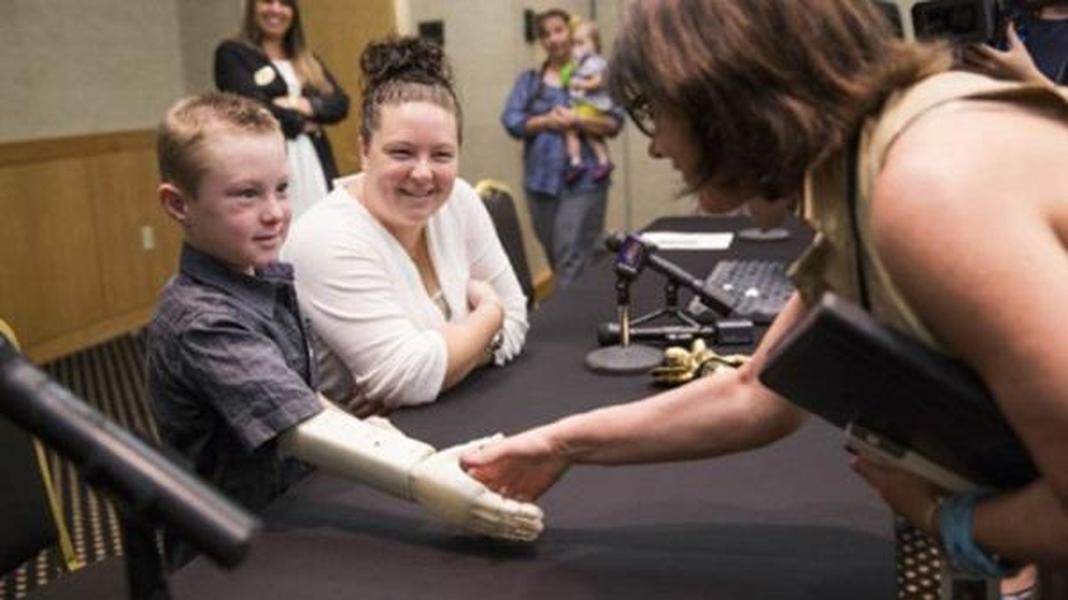
Alex Pring was finally able to hug his mother for the first time at age 6, and it was a big deal. Alex was born missing most of his right arm, and hugging was something he couldn't do before getting a specialized prosthetic created by a 3D printer.
"When he hugged me with two hands, he just didn't let go," Alyson Pring told the Orlando Sentinel. She believes the arm will help her son "see future possibilities and make them seem all the more reachable."
It's difficult for prosthetics to be made for children because the parts have to be so small, and it's also rare for insurance to pay, since they have to be replaced as the child grows. Wanting to find help for her son, Pring turned to e-NABLE, a network comprised of volunteer students, engineers, professors, and occupational therapists with the goal of aiding children without hands.
The Week
Escape your echo chamber. Get the facts behind the news, plus analysis from multiple perspectives.

Sign up for The Week's Free Newsletters
From our morning news briefing to a weekly Good News Newsletter, get the best of The Week delivered directly to your inbox.
From our morning news briefing to a weekly Good News Newsletter, get the best of The Week delivered directly to your inbox.
Albert Manero, a Ph.D. candidate in mechanical engineering at the University of Central Florida, quickly went to work with a team to create a bionic arm for Alex. It took seven weeks, and was fitted on Alex in early July. It cost less than $350 to make, and involved just a 3D printer, gears, and batteries. Alex uses several muscles to control the arm and hand, and "he learned pretty fast," Manero said.
The best part of this story? The prosthetic will help more than just Alex; the team uploaded the arm's blueprints onto the internet so anyone can download the documents and help a child in need. "My mother always taught us that we're supposed to help change the world," Manero said. "That's why we did it."
A free daily email with the biggest news stories of the day – and the best features from TheWeek.com
Catherine Garcia has worked as a senior writer at The Week since 2014. Her writing and reporting have appeared in Entertainment Weekly, The New York Times, Wirecutter, NBC News and "The Book of Jezebel," among others. She's a graduate of the University of Redlands and the Columbia University Graduate School of Journalism.
-
 Penn wipes trans swimmer records in deal with Trump
Penn wipes trans swimmer records in deal with Trumpspeed read The University of Pennsylvania will bar transgender students from its women's sports teams and retroactively strip a trans female swimmer of her titles
-
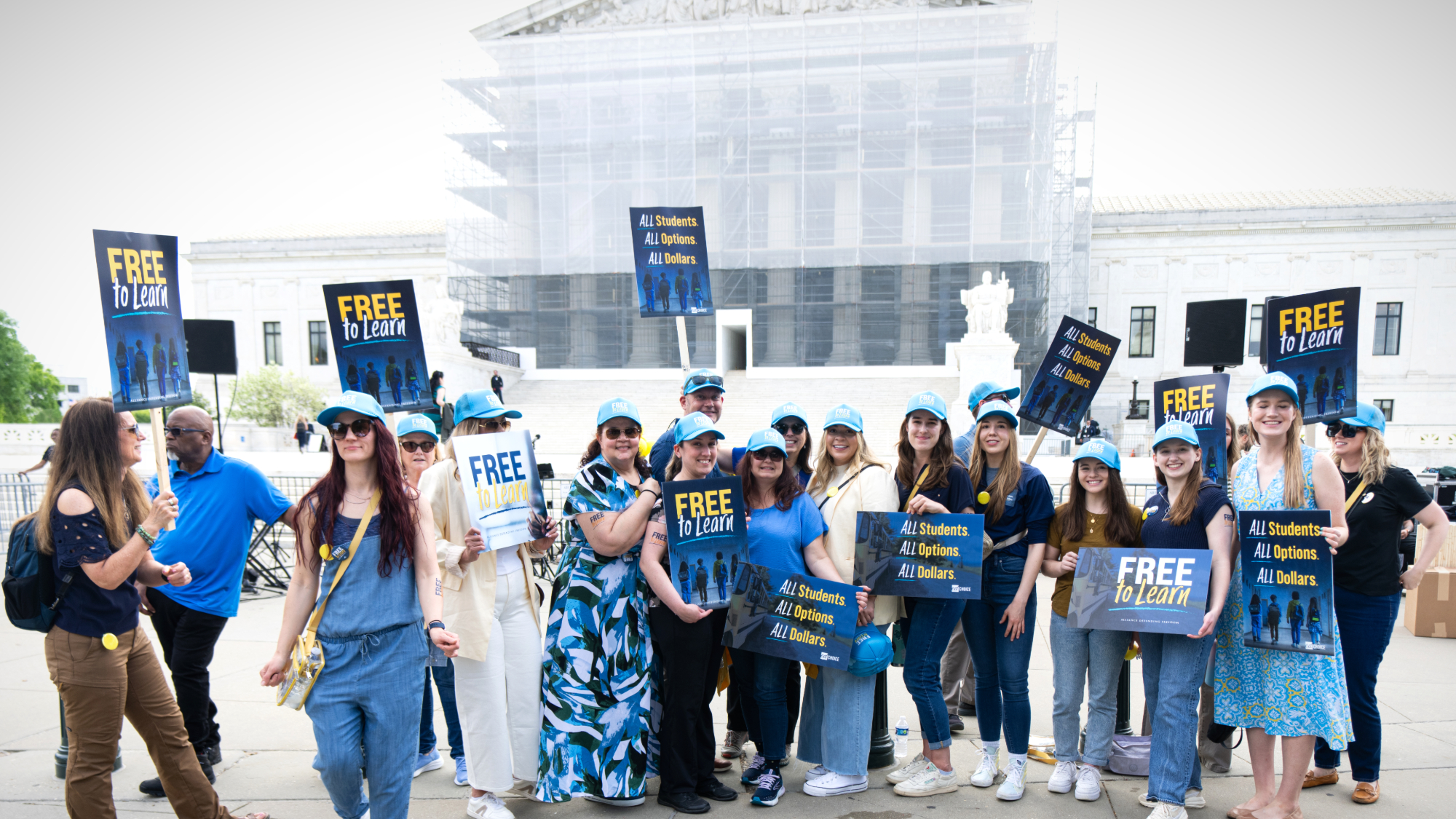 Supreme Court may bless church-run charter schools
Supreme Court may bless church-run charter schoolsSpeed Read The case is 'one of the biggest on church and state in a generation'
-
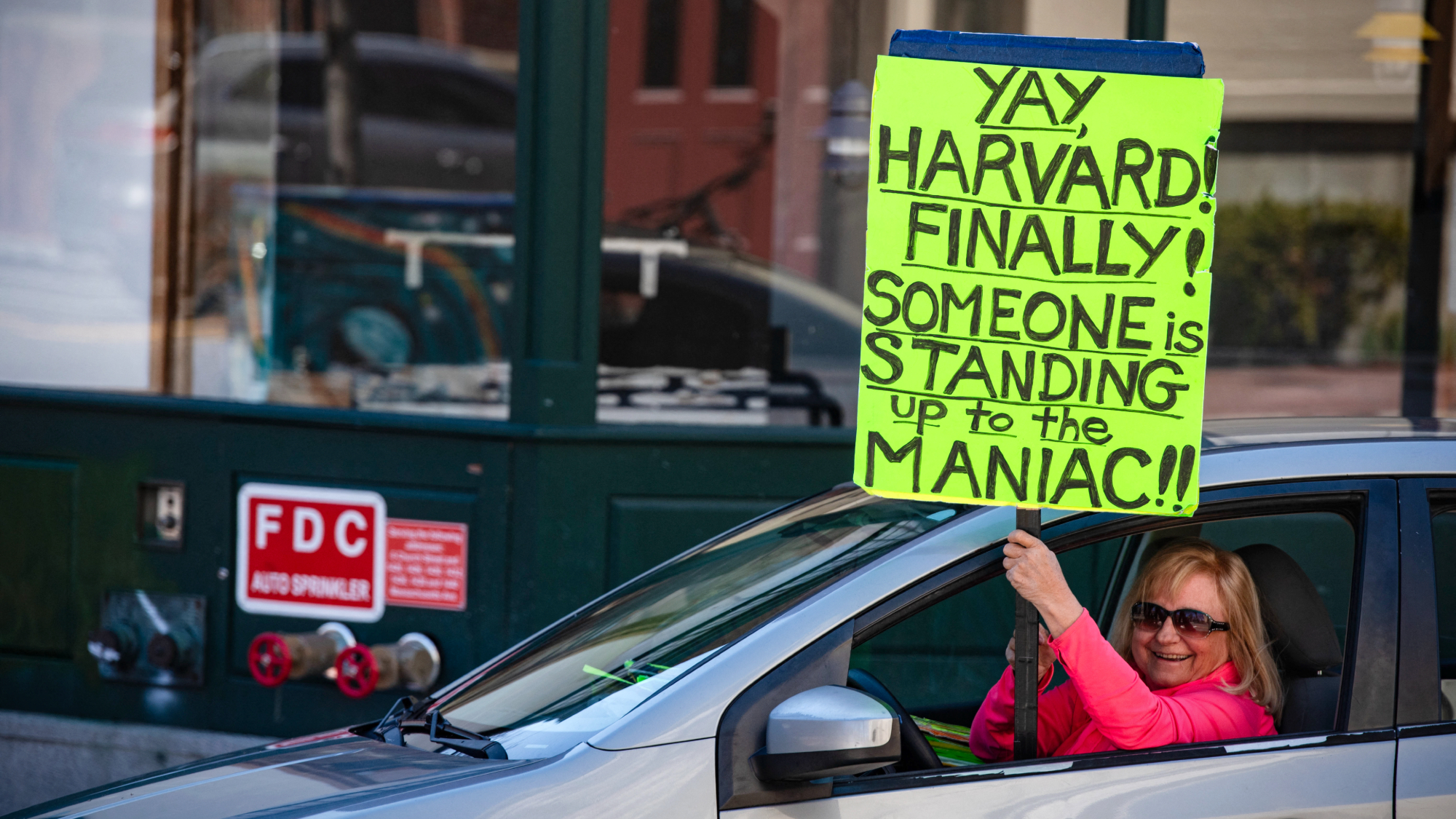 Harvard sues Trump over frozen grant money
Harvard sues Trump over frozen grant moneySpeed Read The Trump administration withheld $2.2 billion in federal grants and contracts after Harvard rejected its demands
-
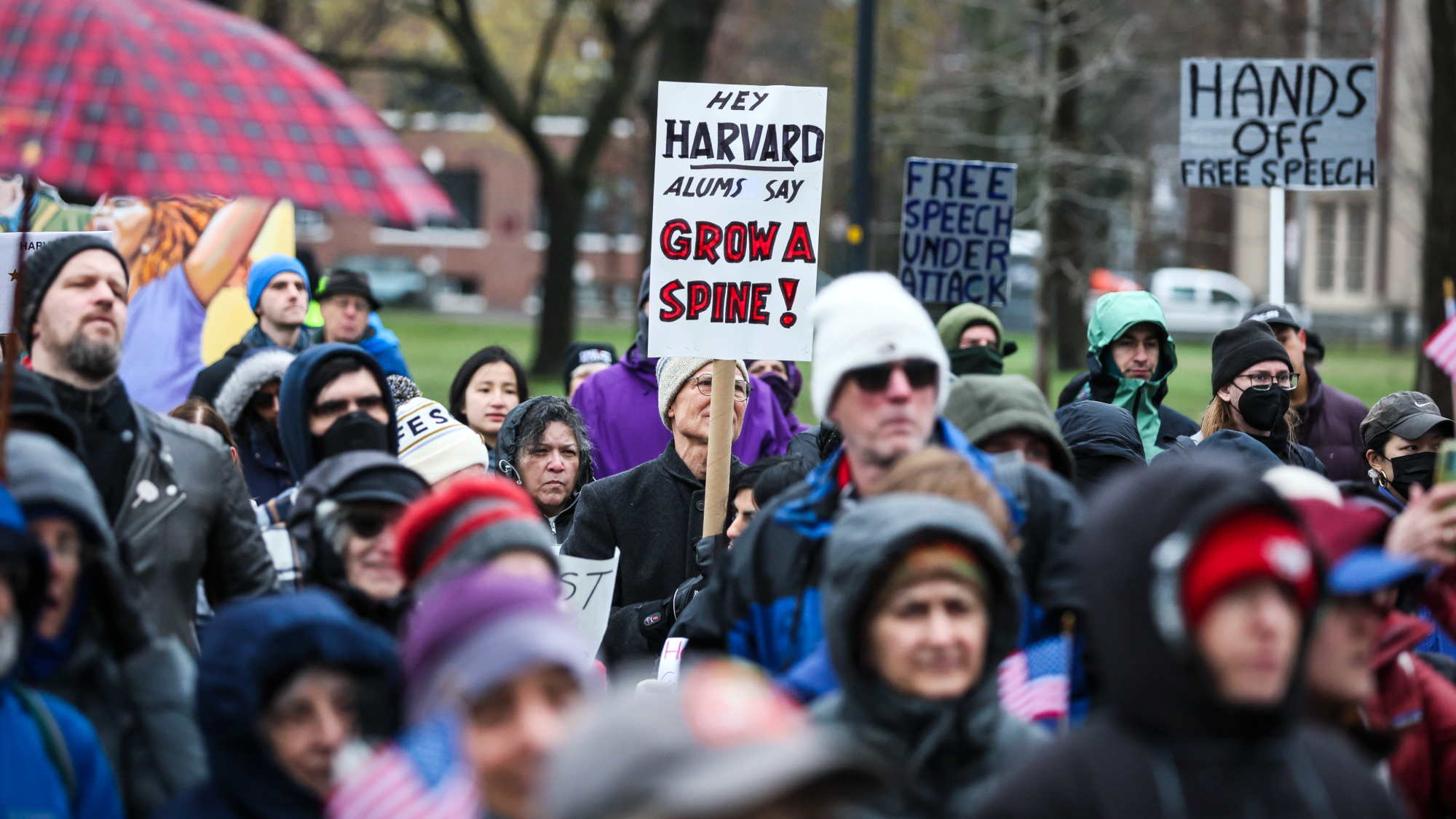 Harvard loses $2.3B after rejecting Trump demands
Harvard loses $2.3B after rejecting Trump demandsspeed read The university denied the Trump administration's request for oversight and internal policy changes
-
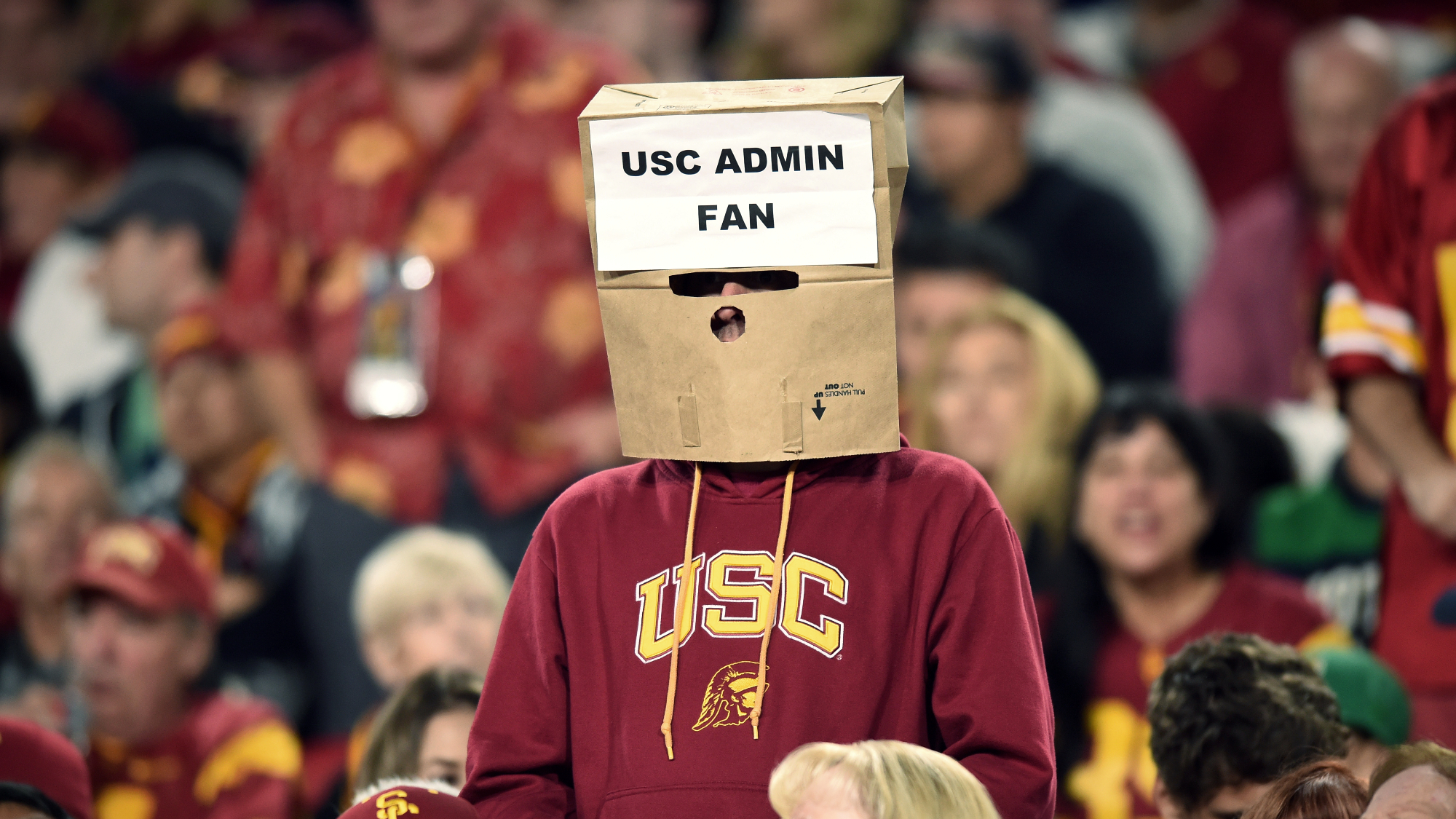 USC under fire for canceling valedictorian speech
USC under fire for canceling valedictorian speechSpeed Read Citing safety concerns, the university canceled a pro-Palestinian student's speech
-
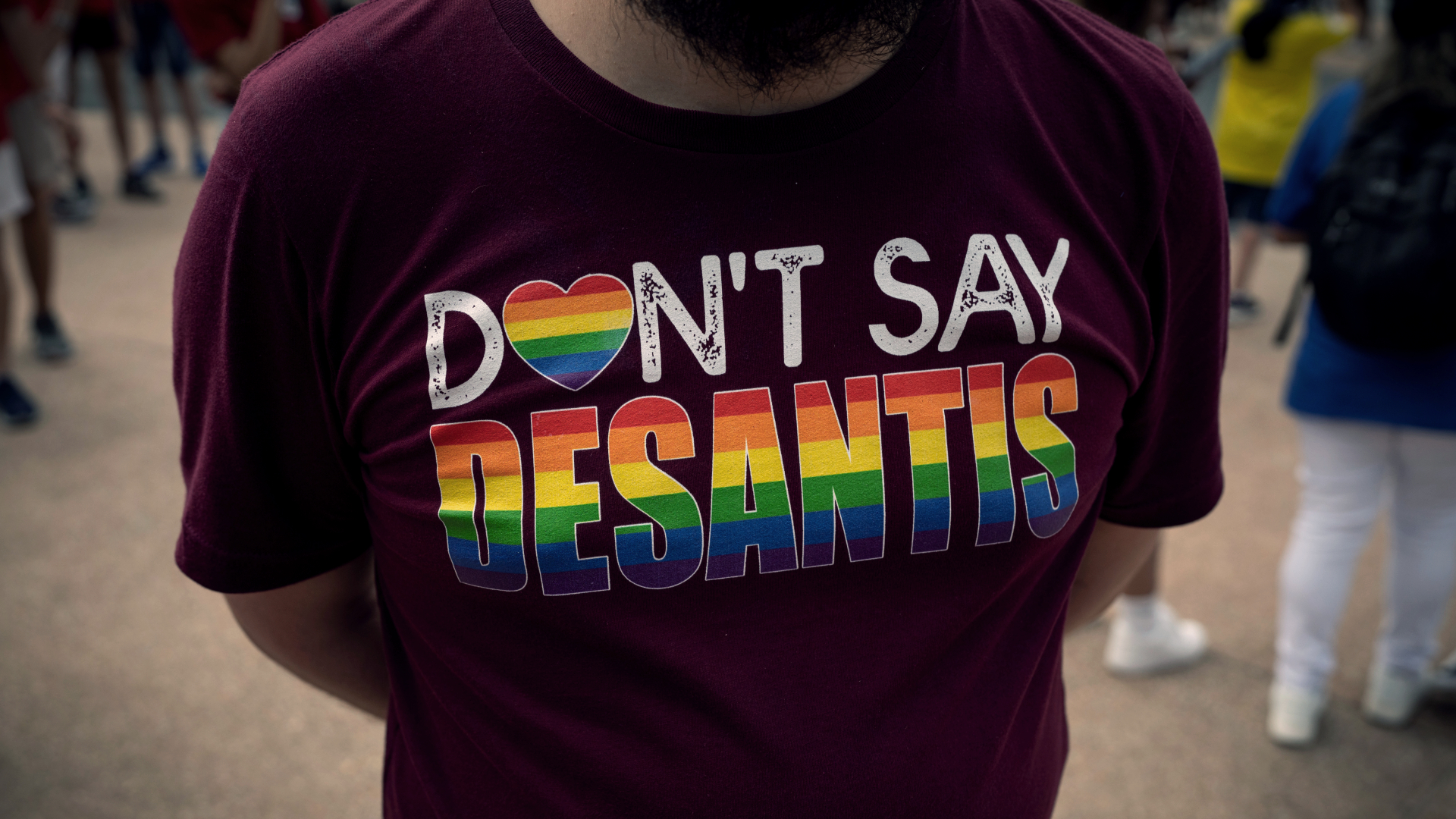 Florida teachers can 'say gay' under settlement
Florida teachers can 'say gay' under settlementspeed read The state reached a settlement with challengers of the 2022 "Don't Say Gay" education law
-
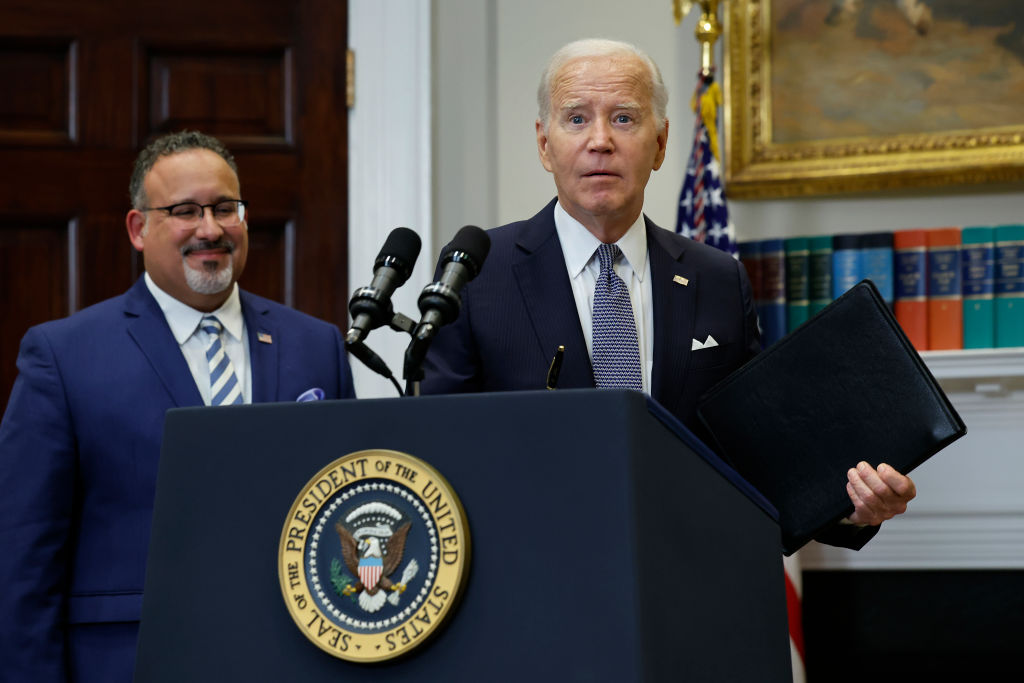 Biden administration to forgive $39B in student loan debt for 800K borrowers
Biden administration to forgive $39B in student loan debt for 800K borrowersSpeed Read
-
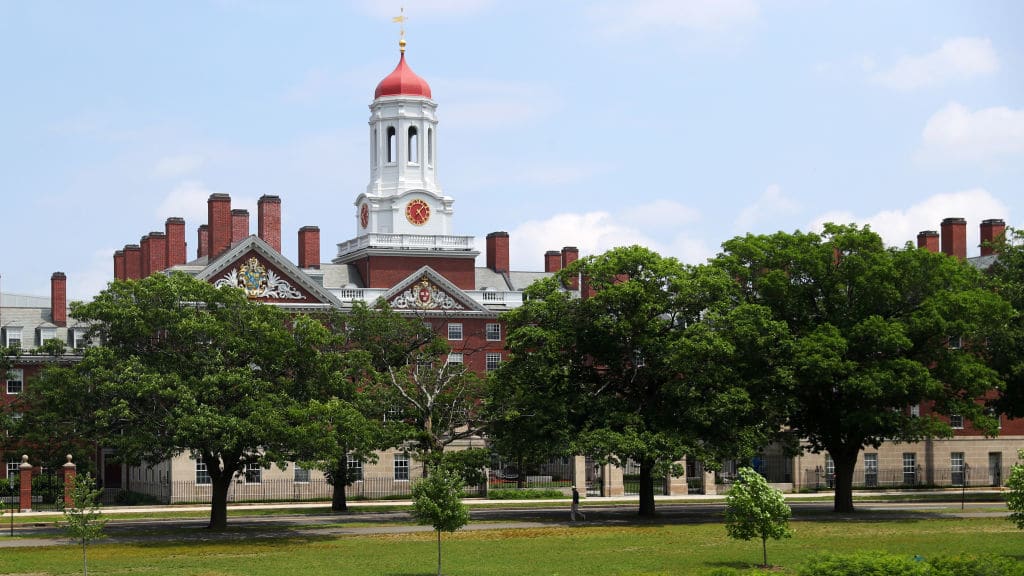 Advocacy groups challenge Harvard's legacy admissions policy
Advocacy groups challenge Harvard's legacy admissions policySpeed Read



